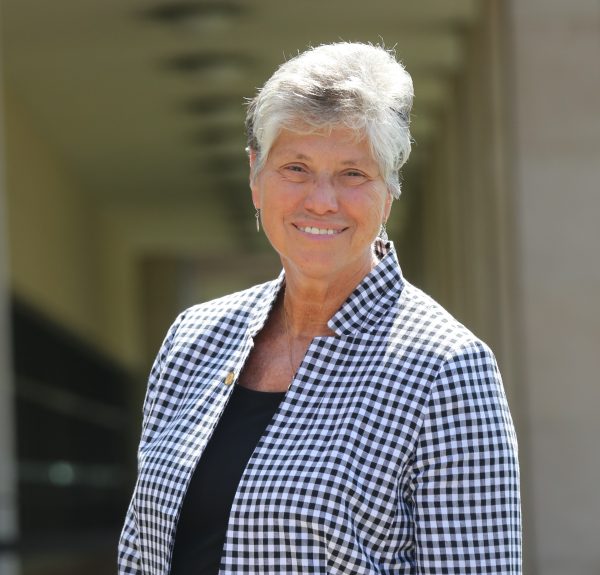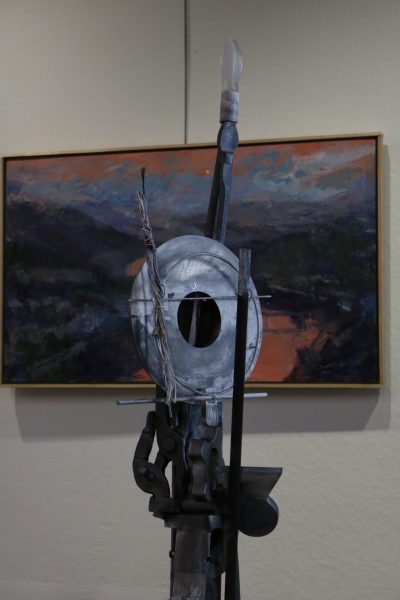Master of Architecture program “tabled” for 2017-2018 year
March 10, 2017
The Master of Architecture program has been put on hold for the 2017-2018 academic year, according to Dean of the School of Architecture Jim Sullivan.
Sullivan said the 2016-2017 academic year is the first that the Master of Architecture program is up and running, and there are currently three students enrolled. These students will graduate, but no further students will be accepted into the program for next year.
He added that placing the master’s program on hold will not affect students who are becoming licensed architects.
According to Sullivan, the National Architecture Accrediting Board (NAAB) made some significant changes to the requirements for master’s programs, which will require Marywood to make these changes to their program. Sullivan said the decision to table the Master of Architecture program was inevitable because of these accreditation changes.
“We’re taking that [the master’s program] offline for a year to make those changes,” said Sullivan.
The accrediting body has a problem with the nomenclature of “Master of Architecture” because it can only be used for accredited, professional degrees at the master’s level, according to Sullivan. A potential change to Marywood’s program may be changing the name to “Master of Science in Architecture.”
Sullivan explained that there are two types of degrees at the master’s level. The first degree is a professional degree, which is accredited for students who have not completed a professional degree at the undergraduate level. The second is a master’s degree for students who have learned everything they need to know to become a licensed architect, but want expertise in different areas.
In addition to the Master of Architecture program, the Master of Interior Architecture program is also tabled for the 2017-2018 academic year. Sullivan said there is low enrollment in the program with an average of 5.4 students per year in the last five years.
“The university has been incredibly supportive of that program [Master of Interior Architecture],” said Sullivan. “Nobody wanted to make that decision and so it was tough to kind of do that.”
Specifically with the Master of Interior Architecture program, Maria MacDonald, director of undergraduate Interior Architecture Studies, said because of this low enrollment, the master’s program was placed in Quintile 5 of the Strategic Resource Allocation (SRA) Report that was released last semester.
According to the SRA report, Quintile Five includes candidates for possible phase-out.
“Students were heartbroken and faculty were heartbroken,” said MacDonald. “It was the unfortunate part of rebuilding Marywood.”
She added that the School of Architecture is focusing on the undergraduate program, which she said is strong and growing.
“I’m grateful that [the master’s program] is just tabled for realignment,” said MacDonald.
She added that master’s degrees for architecture students are more for students who want to go into teaching or gain expertise in a specific area.
“The master’s programs are not required for any interior architecture students to be a certified architecture designer, so that doesn’t hurt them that way,” said MacDonald. “But it hurts them if they want to go on in an area of concentration.”
Sullivan said he hopes to bring back the Master of Interior Architecture program in the next two years. He added that the Master of Architecture program may take longer to get up and running because it needs to be approved by the accrediting body.
Sullivan added that tabling the master’s program is what he thinks is currently best for the School of Architecture.
“I know it’s the right thing to do for that interior architecture program in total … really to kind of make sure that our undergraduate has that strong enrollment that it needs,” said Sullivan. “Then that can help feed the graduate program.”
Contact the writer: [email protected]
Twitter: @RLookerTWW















